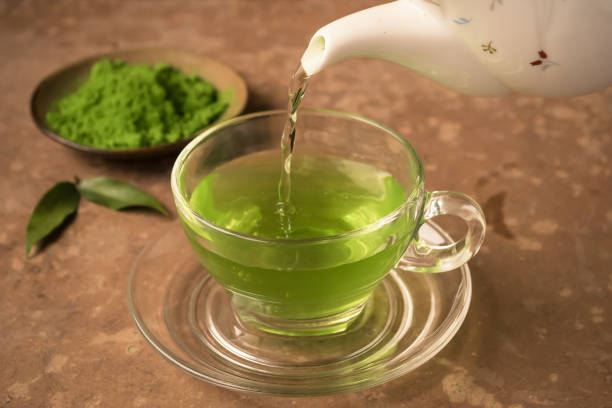Today, I’d like to talk to you about “Green Tea Vs Matcha Caffeine”. Caffeine, a natural substance found in various plants that stimulates the central nervous system, has become an essential part of modern everyday life. Caffeine is intricately woven into our daily schedules, from the initial gulp of morning coffee to the refreshing afternoon tea. Its impact on health is multifaceted, offering advantages and potential drawbacks.
Understanding the role of caffeine, especially in green tea and matcha, is crucial for making well-informed decisions about these popular beverages. Green tea has a lengthy history of cultivation and consumption, originating in China over 4,000 years ago. It is valued for its subtle taste and its numerous health-promoting properties, such as its antioxidant effects and potential support for weight loss.
The leaves collected from the Camellia Sinensis plant are used to make green tea, and they are promptly steamed or pan-fired to avoid oxidation. This preserves the rich green color and maintains high levels of beneficial compounds.
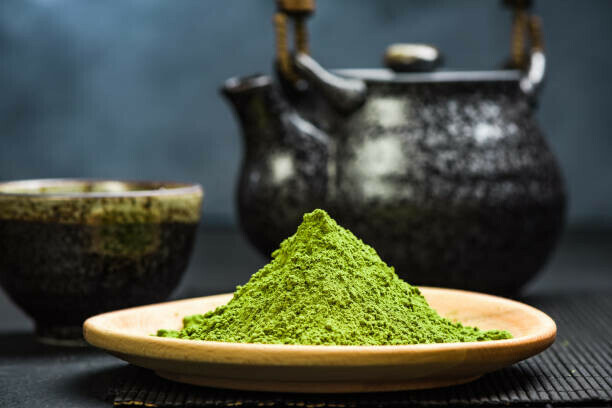
On the other hand, matcha is a finely ground powder derived from specially cultivated and processed green tea leaves. Although the origins of matcha can be traced back to the Tang Dynasty in China, the Japanese perfected its cultivation and integrated it into their culture. The unique cultivation process involves shading the tea plants several weeks before harvest, which boosts chlorophyll production and enhances the amino acid content, leading to a distinct flavor and a higher concentration of certain nutrients.
A significant contrast between green tea and matcha is their caffeine levels, which vary due to variations in their processing methods and preparation styles. Green tea typically contains less caffeine than matcha, with an average serving containing 20-45 milligrams of caffeine. This provides a gentle energy boost without the typical coffee-related jitters.
In contrast, matcha offers a more powerful caffeine kick. The whole leaf is powdered, producing a single portion containing 40-70 milligrams of caffeine. The difference in caffeine levels also influences the experience of consuming these teas. Green tea’s lower caffeine content may suit individuals sensitive to stimulants or those who prefer a gentler energy boost.
On the other hand, matcha, with its higher caffeine and richer nutrient profile, is often preferred by individuals seeking a more sustained and focused energy and concentration boost. Understanding these distinctions can help tea enthusiasts select the beverage that best suits their requirements and preferences, whether they are seeking relaxation, alertness, or a balance of both.
Brewing Differences: Why Preparation Matters for Caffeine Content
The preparation method is crucial in deciding the caffeine levels when savoring green tea or matcha. The traditional preparation methods for these two beloved beverages are distinct, each contributing to their unique characteristics and caffeine levels. Understanding these differences can enhance your tea-drinking experience and help you tailor it to your caffeine preferences.
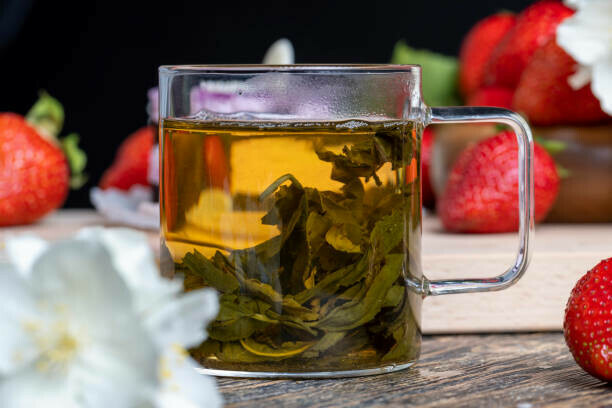
Green tea is typically prepared by steeping the leaves in hot water, which gently extracts caffeine and other beneficial compounds. The water’s temperature and the steeping duration play crucial roles in this process. Generally, green tea is brewed with water heated to around 160-180°F (70-80°C) and steeped for about 2-3 minutes. Higher temperatures or longer steeping times can increase the caffeine content but may also result in a more bitter flavor. This delicate balance ensures that the caffeine extracted is moderate, making green tea a soothing yet mildly stimulating drink.
Matcha, on the other hand, uses an entirely different technique. Instead of steeping leaves, matcha is created by whisking finely ground tea powder with hot water, resulting in a vibrant green, frothy beverage. Because you consume the entire leaf in powdered form, the caffeine content is inherently higher. The quality of matcha, the amount of powder used, and the temperature of the water all affect the final caffeine content. About 1-2 grams of matcha powder are used per serving, mixed with water heated to around 175°F (80°C). This method ensures a more concentrated and robust delivery of caffeine, along with a richer profile of nutrients.
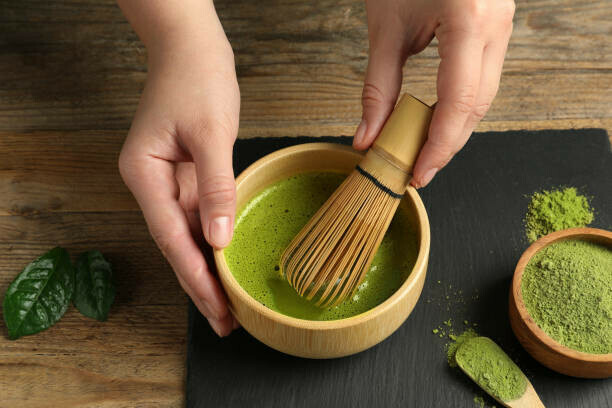
Several factors impact the extraction of caffeine in both beverages. For green tea, the type of leaves, their processing, and the brewing conditions all play a role. With matcha, the shading process before harvest, the fineness of the powder, and the quantity used are vital determinants. Additionally, the serving size significantly affects the caffeine intake. A standard serving of green tea is usually around 8 ounces, while matcha is often consumed in smaller quantities, typically 2-4 ounces per serving. Despite the smaller volume, the concentrated nature of matcha means it can deliver a comparable or even higher caffeine dose than a larger cup of green tea.
Understanding these brewing differences allows you to appreciate the nuances of green tea and matcha and empowers you to customize your caffeine intake according to your needs and preferences. Whether you seek a gentle lift or a more pronounced energy boost, mastering the art of preparation is critical to unlocking the full potential of these extraordinary teas.
A Comparative Analysis: Measuring Caffeine Levels in Green Tea vs. Matcha
When comparing the caffeine levels in green tea and matcha, their unique preparation methods and inherent properties result in quite a pronounced difference. The amount of caffeine in a serving of green tea generally falls within the range of 20 to 45 milligrams and may differ depending on variables like the type of leaves and the length of brewing. In contrast, a matcha serving involves consuming the entire powdered leaf, which generally contains 40-70 milligrams of caffeine. This significant distinction is due to each beverage’s different preparation and consumption methods.
Plant varietals and the harvesting process also influence the caffeine content in green tea and matcha. The caffeine content in green tea leaves varies depending on the specific type and the growing conditions, and these leaves come from the Camellia Sinensis plant. For example, leaves harvested in the early spring tend to have higher caffeine content because the cooler temperatures inhibit the breakdown of caffeine. The processing method, whether the leaves are pan-fired or steamed, also impacts the final caffeine concentration.
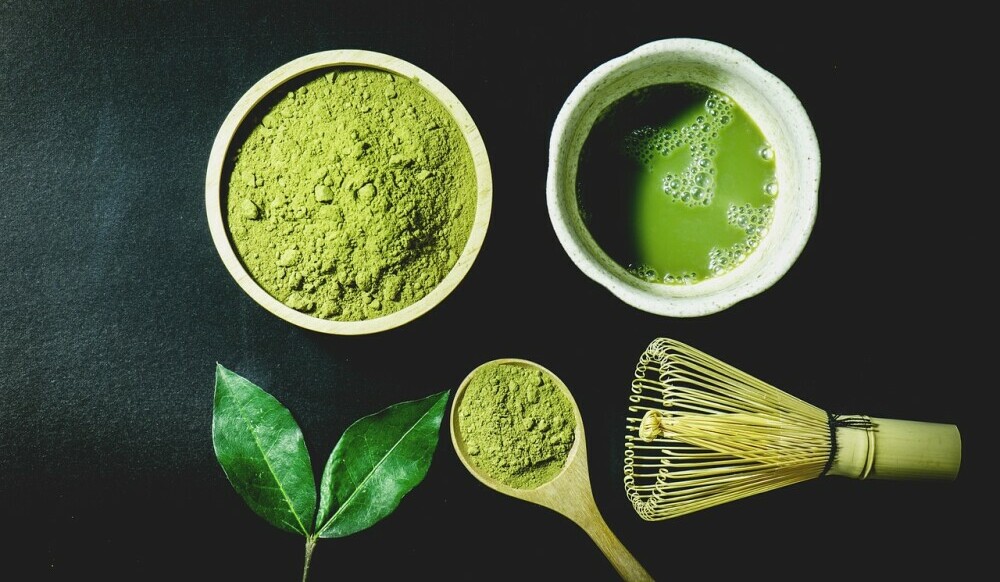
Matcha, derived from the same plant, involves a unique cultivation method where the tea bushes are shaded for several weeks before harvest. This shading process increases chlorophyll production and boosts the amino acid content, resulting in a higher concentration of caffeine. The leaves are then ground into a fine powder, meaning that when you consume matcha, you are ingesting the entire leaf, leading to a more potent caffeine experience than steeped green tea.
Scientific studies have examined the caffeine concentrations in green tea and matcha, offering valuable insights into their differences. Research indicates that matcha contains notably higher levels of caffeine compared to green tea due to the consumption of whole leaves. A report released in the Journal of Chromatography A found that matcha contains more caffeine and theanine. This amino acid encourages relaxation and counteracts some of the nervous side effects of caffeine. This combination makes matcha a popular choice for those seeking a balanced energy boost without the typical crash associated with other caffeinated beverages.
Tea lovers need to recognize these subtleties in caffeine levels because it enables them to make knowledgeable decisions according to their tastes and desired effects. Whether you choose the moderate lift of green tea or the robust energy of matcha, both offer unique benefits and experiences, enabling you to customize your tea consumption to your lifestyle and needs.
Health Implications: Evaluating the Benefits and Risks of Caffeine
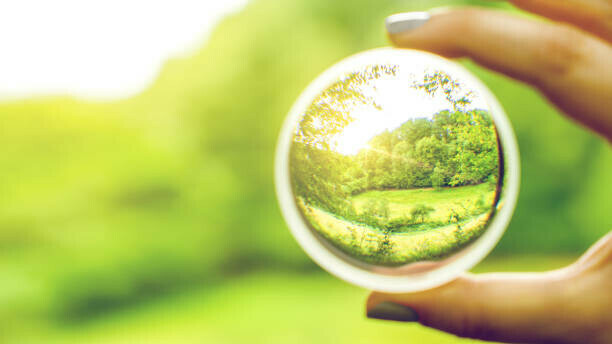
Caffeine’s constant stimulant, highly valued for improving attentiveness and focus, has become crucial to many people’s daily schedules. When used in moderation, it can provide various health advantages. Research indicates that reasonable caffeine consumption can enhance cognitive function, elevate mood, and improve physical performance. In particular, caffeine boosts the central nervous system, which may help improve focus and alleviate fatigue during physical exertion. Furthermore, caffeine’s antioxidant properties can contribute to caffeine’s well-being by combating oxidative stress and diminishing inflammation.
However, it is essential to acknowledge that excessive caffeine intake can result in multiple risks and adverse effects. Consuming excessive caffeine can result in feeling restless, uneasy, and having trouble sleeping, which can disrupt sleep patterns and lead to long-term sleep deprivation if consumed too close to bedtime. Additionally, consuming excessive caffeine can cause digestive problems, such as acid reflux and stomach discomfort, due to its stimulating impact on the gastrointestinal system. Some individuals may also encounter an increased heart rate and heightened blood pressure, posing risks for individuals with heart conditions.
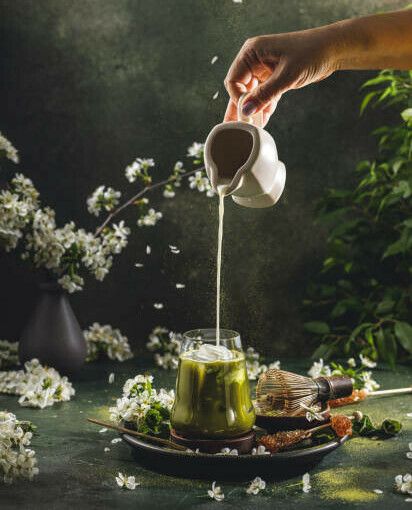
There are noticeable distinctions when assessing the health consequences of consuming caffeine through green tea versus matcha. With its lower caffeine content, green tea is often commended for delivering a mild energy boost without the intense side effects associated with higher caffeine doses. Green tea’s beneficial properties, including catechins such as EGCG, have been linked to various health advantages, such as better heart health, weight control, and reduced risk of long-term illnesses. Furthermore, the low level of caffeine in green tea can enhance these advantages by increasing mental alertness and overall physical well-being.
Matcha, with its higher caffeine concentration, provides a more potent energy lift along with a rich array of nutrients. The unique mix of caffeine and L-theanine in matcha offers a lasting, relaxed state of alertness without the usual caffeine crash. For individuals looking to enhance focus and unwind simultaneously, matcha is an outstanding option. However, the higher caffeine content in matcha also means that consumers need to be cautious of their total caffeine intake to avoid potential adverse effects.
Ultimately, both green tea and matcha offer distinct health benefits, and understanding the caffeine content and its implications can assist individuals in making well-informed decisions. Whether opting for the moderate stimulation of green tea or the robust energy of matcha, both can be enjoyed as part of a balanced and health-conscious lifestyle.
Making an Informed Choice: Which is Right for You?

Choosing between green tea and matcha depends on your caffeine tolerance and preferences. Green tea may be better if you’re sensitive to caffeine or prefer a milder boost. Due to its reduced caffeine content, green tea offers a mild boost in energy without causing an overload on your system. This makes it perfect for staying focused and alert throughout the day without experiencing jitteriness or sleep disruption. In addition, green tea’s subtle, grassy taste is enjoyable for those who appreciate delicate flavors.
On the other hand, if you need a more sustained and substantial energy boost, matcha could be the perfect choice with its higher caffeine content and the calming effects of L-theanine. This combination offers balanced and prolonged alertness, making matcha suitable for busy mornings, demanding workdays, or intensive study sessions. Many find matcha’s vibrant, slightly sweet taste and rich, creamy texture refreshing and satisfying.
Lifestyle factors also influence your decision between green tea and matcha. Individuals who live a tranquil, unhurried life and savor numerous cups of tea during the day will find that green tea’s reduced caffeine content can effortlessly become part of their daily habits. It’s perfect for work breaks, afternoon relaxation, or evening unwinding, ensuring they stay refreshed without becoming overstimulated.

In contrast, matcha is a game-changer for those with fast-paced, high-energy lifestyles, providing a potent morning kickstart or midday power-up. Moreover, the preparation ritual of matcha, which involves whisking the powder into a frothy brew, can be a mindful, meditative practice that adds a moment of calm to a hectic day.
In summary, the choice between green tea and matcha depends on caffeine tolerance, taste preferences, and lifestyle needs. Feel free to pick the beverage that best matches your health and wellness objectives, as both drinks provide unique advantages and experiences. Whether you choose the gentle lift of green tea or the dynamic energy of matcha, both can enhance your daily routine with their distinctive flavors and health properties. Making an informed choice ensures you can enjoy the best of what these remarkable teas have to offer.
Thank you for reading my article about “Green Tea Vs Matcha Caffeine”, and I would love to receive your comments down below, in case of any.

